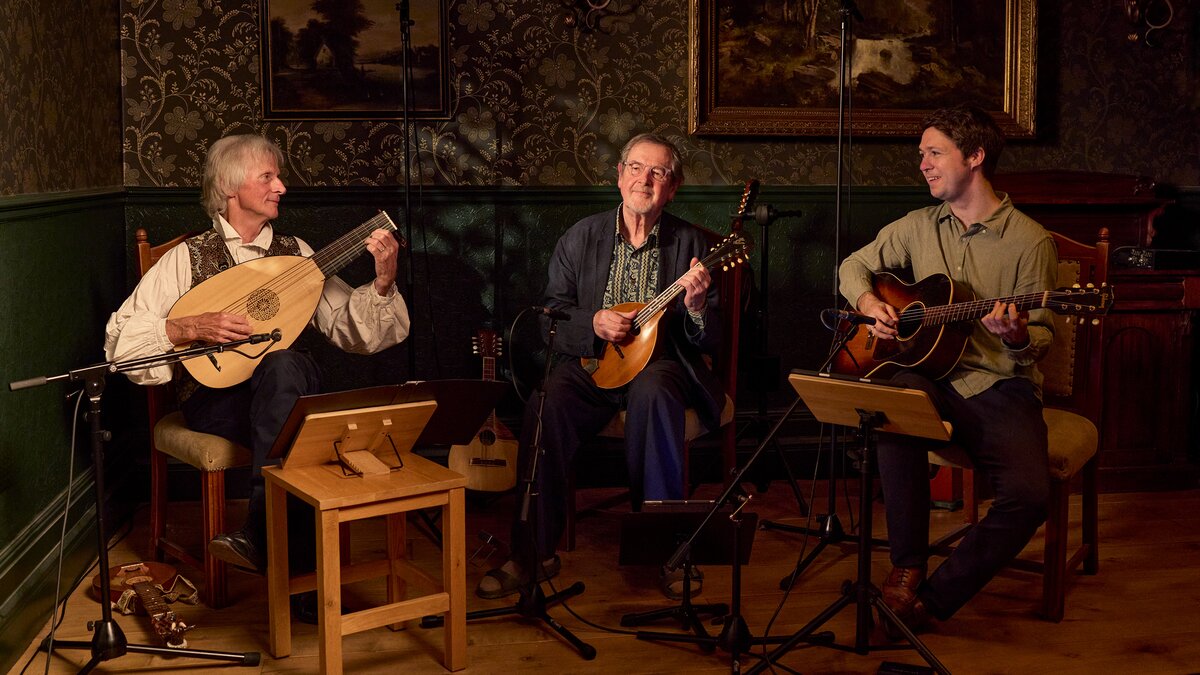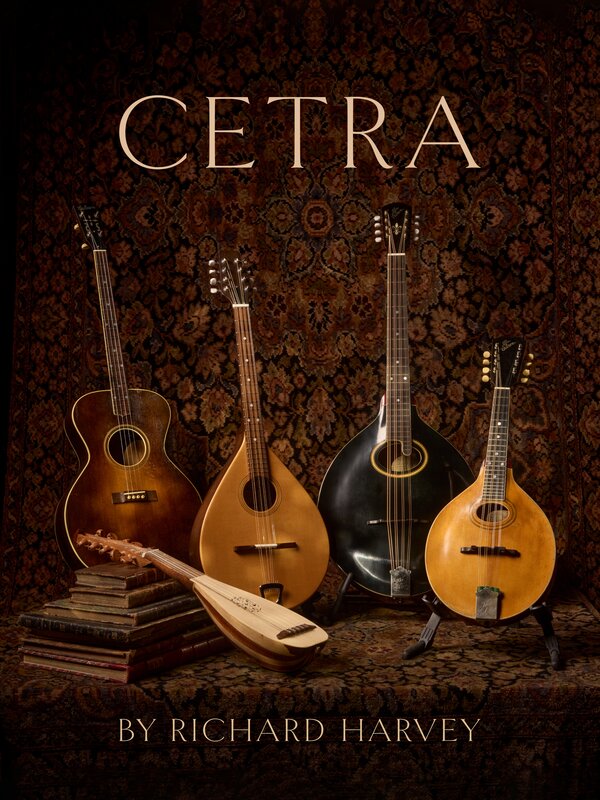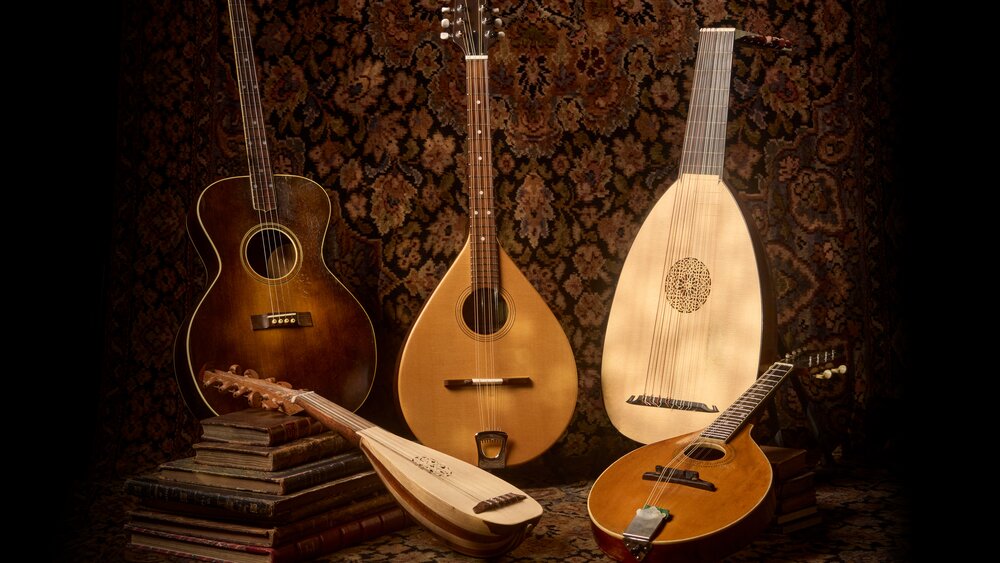Making cozy game music with Cetra

As the world becomes more and more fast-paced, cozy games are increasing in popularity. From megahits like Animal Crossing and Stardew Valley to indie gems like A Short Hike or Unpacking, the list seems to be growing by the day. By design, these games are outlets for people to unwind and escape the stress of daily life.
To truly resonate with audiences, this type of game requires music with just the right blend of quirky cheerfulness and meditative meandering—the sonic equivalent of a warm bath. Since there are lots of different ways to accomplish this; ‘cozy game music’ isn’t a genre unto itself. Instead, it’s united by the feelings of relaxation and peaceful well-being it evokes in the listener. If you’re not sure where to start, here are some easy tips that can help you get started writing cozy game music. Remember, these aren't rules, just useful considerations that might help if you're stuck.
1. Keep your tempo low
Cozy game music needs meant to be stress free, so slower tempos are your friend. At the same time, you don’t want to put the listener to sleep. If you’re having trouble striking that balance, try starting somewhere between 60-100 bpm.
2. Pick instruments with character
If you want to make music that evokes feelings of warmth, relaxation, and comfort, having great sounds is really important. While traditional orchestral elements are often part of this music, it really thrives on the wholesome personality possible with non-orchestral instruments and sounds.
If you’re looking for familiar but not ordinary instruments, Cetra by Richard Harvey is a great place to start. It’s full of fretted stringed instruments bridging the gap between antiquity and today. These instruments are very versatile, with a bright and quirky nature that make them ideal for your cozy game music. Here are a couple examples:
Used in conjunction, the mandolin, alto mandola, and mandocello cover a wide range of pitches, and their pairs of metal strings give them a bright and cheerful sound.

Cetra by Richard Harvey
A history of fretted strings for contemporary composition, Cetra offers a selection of instruments from the folk and classical traditions of Western Europe. It's ideal for film scores, video game scores, or anything else you might be writing.
If you’re looking for a warm, round sound in those higher registers, the baroque mandolin and lute are excellent choices—their nylon and gut strings give them a more mellow tone.
The Tenor guitar in G is a resonator, meaning the sound resonates through a metal cone. If you play short notes with it, it has a plucky, metallic sound that lends itself very nicely to folky or cute music. In the same vein, the Cittern has a somewhat banjo-y sound—instant nostalgia!
The Vintage acoustic guitar and Tenor guitar in C are excellent choices for your harmonic foundations. They are both parlor sized, meaning they don’t have the large resonating bodies that give some guitars a big and boomy sound. These instruments sound intimate and warm—perfect for fingerpicked arpeggios you can get lost in for hours.

3. Make singable melodies
When music is melodically acrobatic, it draws attention to itself, which can detract from the chill vibes you’re trying to establish. Keep melodies relatively simple and maintain interest through sonic texture.
If your melody feels a little too simple, you can always try splitting the melody between two instruments that are sonically very different. For example, try playing half the melody on a mandolin and half with an oboe. Or maybe do a nice call and response with a recorder and a lute. It pays to think outside the box here.
To illustrate this, check out this piece of music by Alex Lamy. It wasn't written specifically to be cozy game music, but it has very singable melodies played by several different instruments throughout. Listen how the main mandolin melody is echoed by a tenor guitar, or when bowed strings take over the main melody duties. These details are not too in-your-face, but keep interest up—perfect for endless hours of stress-free gaming.
4. Don't overdo the chords
If you love to write complicated, frequent, and surprising chord changes, you may want to dial it back a bit here. Lots and lots of harmonic movement can be perceived as too complex or chaotic, making the music feel less relaxing overall. Pick a couple nice chords with some tasty extensions and start from there. Animal Crossing, for example, has often built upon a foundation of a bossa nova-ish ii-V-I or a slightly jazzed-up I-IV-V-I.
Once you’ve mapped out your piece’s harmonies, you might be tempted to strum away with Cetra’s handy Chords articulation, but this could backfire and work against your vibe. Instead, try using the Sustains with some arpeggios or ruminating patterns. Layer multiple instruments with different sounds and registers to create a sunny, soothing bed of plucked strings.
Just listen to this audio demo by Tom Ford. Again, it wasn't made specifically to be cozy game music, but it illustrates these concepts well. The harmonic foundations are nice, meditative arpeggios using the mandolin.
5. Use soothing, airy pads
You want sounds that don’t call too much attention to themselves, but that sound unique and breathe life into your music. If you go back to the Alex Lamy track above, just listen to how much air permeates the sound.
If you don't have the right sounds for this, you might see if one of these collections fit your needs:
Collections with airy pads for cozy game music

Habitat by Dominik Eulberg
Playable natural landscapes

Whisper
Gentle wind instruments

Babel
Studio voice textures

Lucent
Free flute by Claire Wickes
6. Build the world with field recordings
Peaceful field recordings like wind, rain, birds, or windchimes can help to establish your sonic world. A great excuse to get some fresh air and capture some noises. If you're in a pinch and don't have time, you'll find some lovely nature sounds in Habitat by Dominik Eulberg.
Have fun making music with Cetra
With its characterful, chipper instruments, Cetra by Richard Harvey is an excellent choice for constructing music to keep the listener's spirits up for hours on end.